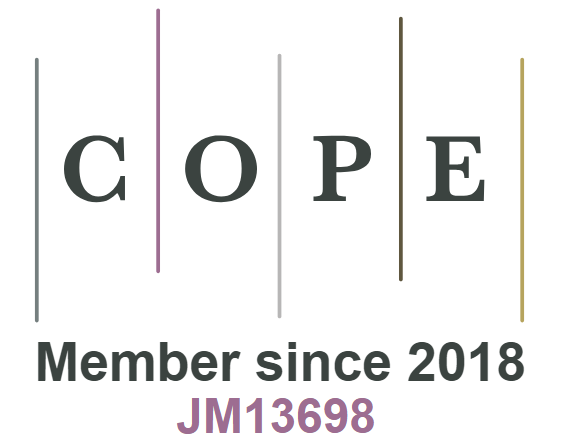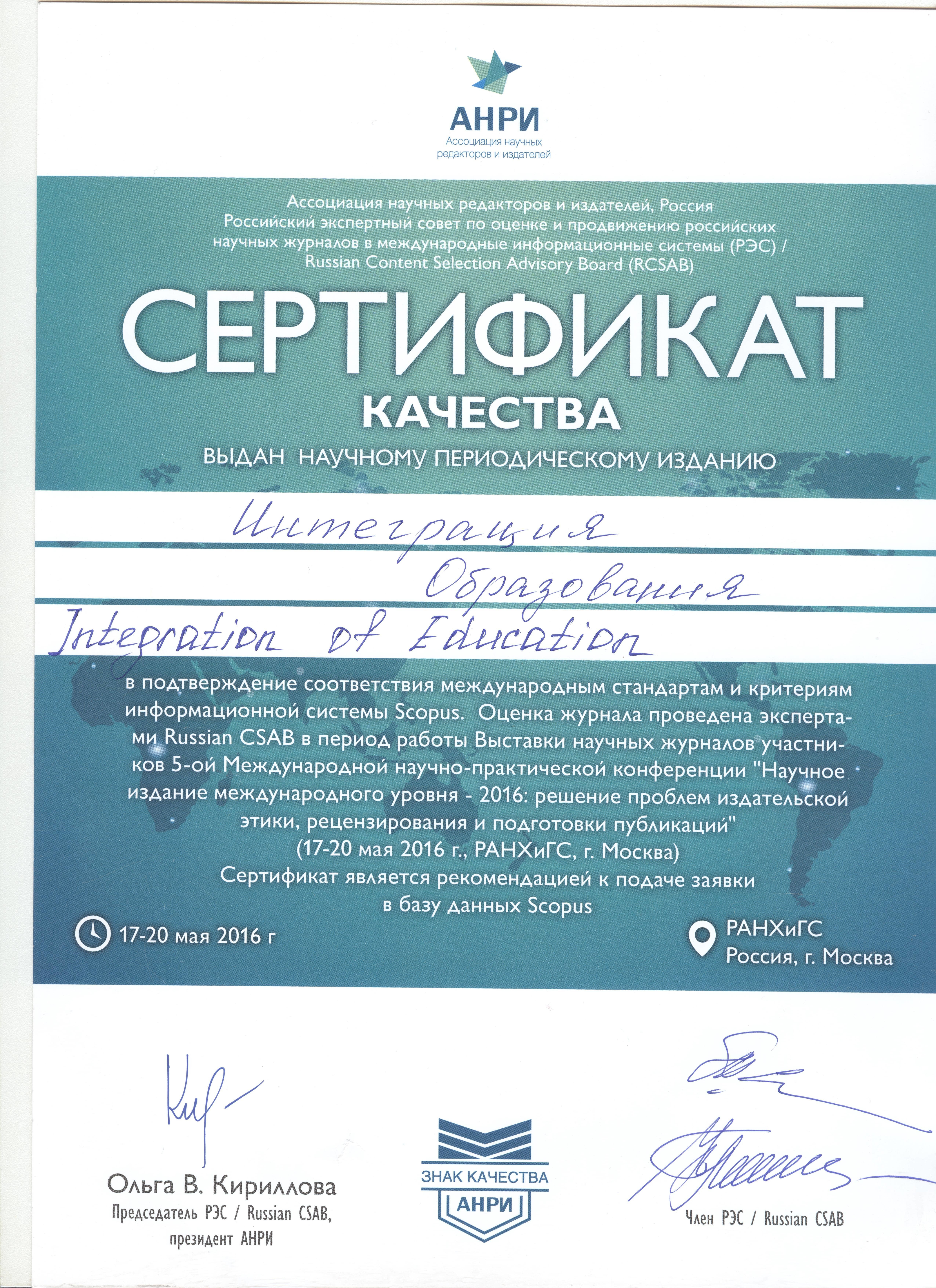UDK 37:325.1(574)(510)
DOI: 10.15507/1991-9468.097.023.201904.504-517
Educational Migration from Kazakhstan to China: Reality and Prospects
Azhar E. Serikkaliyeva
Assistant Professor of School of Public Policy and Law, Almaty Management University (227 Rozibakiyev St., Almaty 050060, Kazakhstan), ORCID: https://orcid.org/0000-0003-3704-5969, Scopus ID: 6506214782, This email address is being protected from spambots. You need JavaScript enabled to view it.
Gulnar E. Nadirova
Professor of the Middle East and South Asia Chair, Al-Farabi Kazakh National University (77 Al-Farabi Ave., Almaty 050040, Kazakhstan), ORCID: https://orcid.org/0000-0002-7837-2598, Scopus ID: 57192297316, This email address is being protected from spambots. You need JavaScript enabled to view it.
Nurzhan B. Saparbayeva
Assistant Professor of the Chinese Studies Chair, Al-Farabi Kazakh National University (77 Al-Farabi Ave., Almaty 050040, Kazakhstan), ORCID: https://orcid.org/0000-0001-5501-3683, Researcher ID: B-3570-2015, This email address is being protected from spambots. You need JavaScript enabled to view it.
Introduction. The relevance of the study is determined by the gradual expansion of educational cooperation between Kazakhstan and China and the need to identify the competitive advantages of the educational system of China over Kazakhstan’s system of higher education. The purpose of the article is to identify factors stimulating dynamic growth of educational migration from Kazakhstan to China, as a relatively recent phenomenon, and to evaluate its possible consequences.
Materials and Methods. In order to identify main trends and the way of development of Kazakhstan-China educational relations, we used empirical methods; namely: qualitative research method, description, expert interviews, content analysis, and synthesis. A survey of Kazakhstani students studying in China was conducted. The students of the Department of Chinese Studies of Al-Farabi Kazakh National University were interviewed, as well as those who participated in the joint training program with the Lanzhou University. Kazakhstani students from Beijing University of Language and Cu lture also participated in the survey.
Results. The main reasons for the dynamic growth of educational migration from Kazakhstan to China are high quality of education in China, access to education in Chinese universities, comfortable learning and living conditions for Kazakhs, etc. By analysing the statistical data of the Chinese Ministry of Education, timing of the dynamics of Kazakhstani students’ flows to China was presented. The legislative and governmental measures of the two countries aiming to create a basis for educational cooperation were also analysed. An attempt to predict the future activities of Kazakhstan students as the “soft power” of China in Kazakhstan was made.
Discussion and Conclusion. This problem can be further investigated in the study of factors affecting the increase in the academic mobility of Kazakhstani students, which should contribute to the expansion of cooperation between Kazakhstan and China in the field of education. The results of this study may be useful to scientists and lecturers engaged in research on various aspects of the educational migration of Kazakhstan to China.
Keywords: education, student, China, Kazakhstan, academic mobility , internationalization
For citation: Serikkaliyeva A.E., Nadirova G.E., Saparbayeva N.B. Educational Migration from Kazakhstan to China: Reality and Prospects. Integratsiya obrazovaniya = Integration of Education. 2019; 23(4):504-517. DOI: https://doi.org/10.15507/1991-9468.097.023.201904.504-517
Contribution of the authors:
Azhar E. Serikkaliyeva – concept of the study; theoretical analysis of sources; generalization of the results; revision of the text.
Gulnar E. Nadirova – concept theoretical justification of the research; analysis and generalization of the data.
Nurzhan B. Saparbayeva – collection and processing of research materials; organization of field research.
All authors have read and approved the final manuscript.
Submitted 26.07.2019; revised 07.10.2019; published online 31.12.2019.

This work is licensed under a Creative Commons Attribution 4.0 License.





























